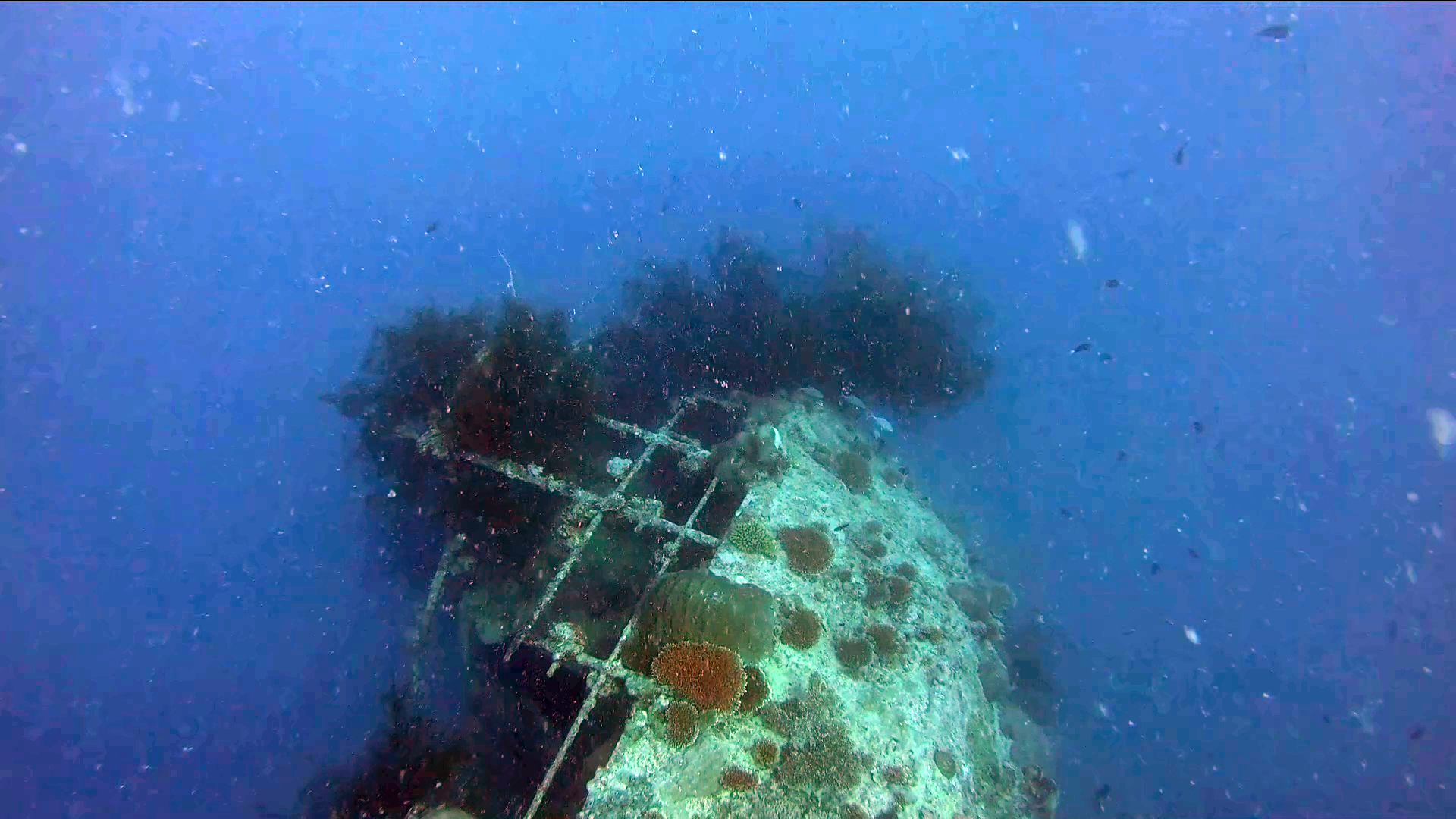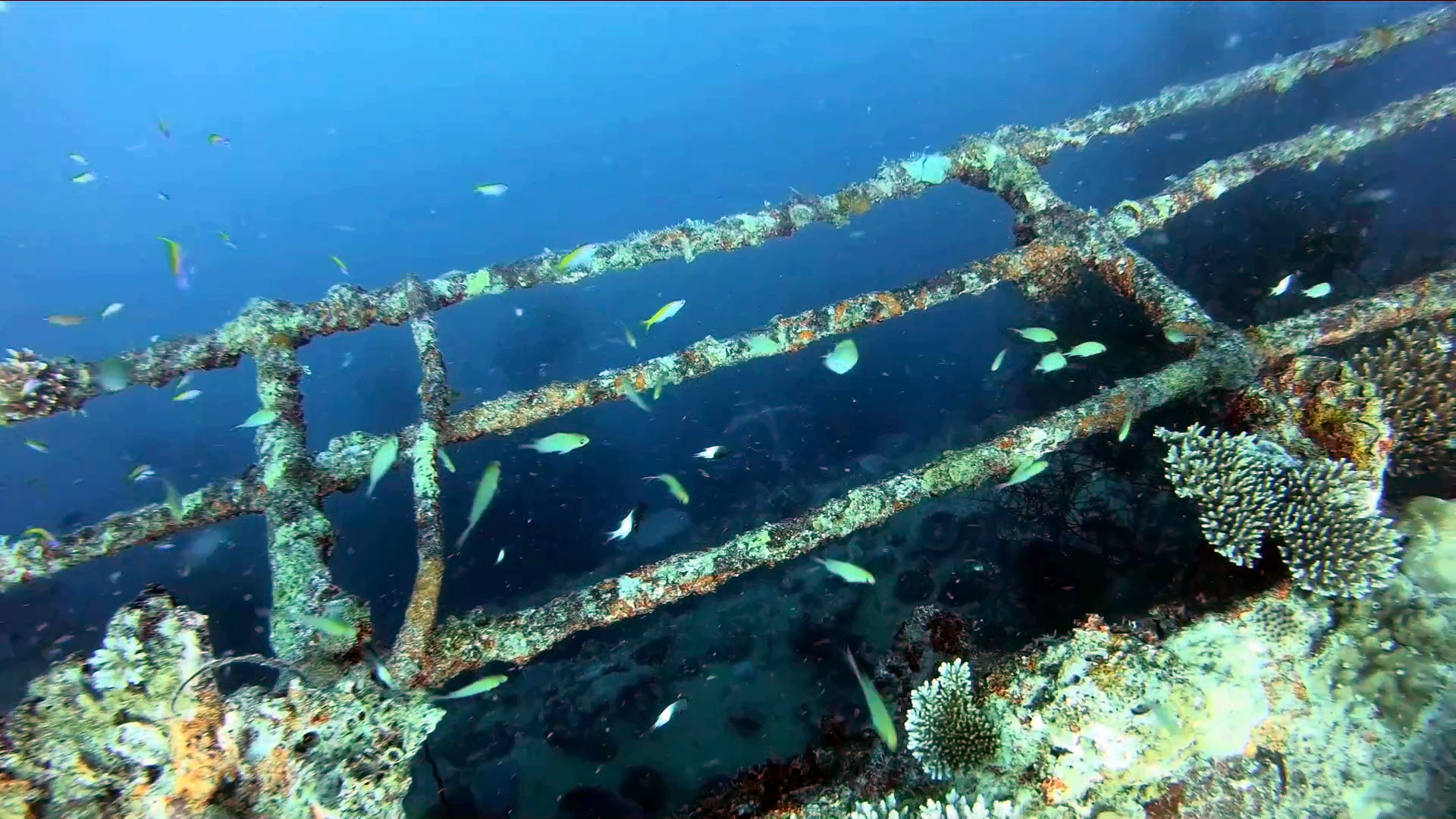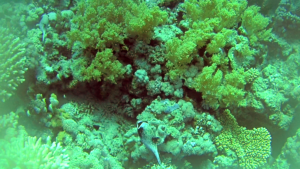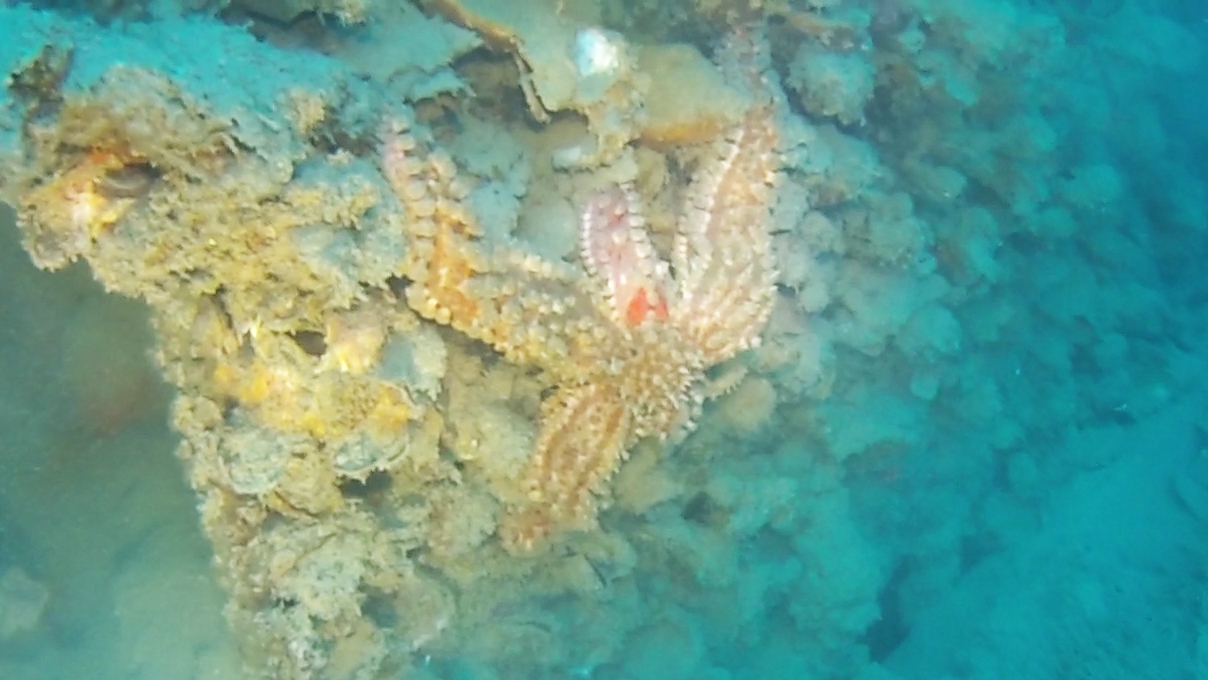The “British Loyalty” was an English tanker of almost 7,000 tons built in 1928. At the beginning of the Second World War, the British “Ministry of War” decided to use it, in the Indian Ocean, as a tanker in support of the warships of the Navy ; the ship was 134 meters long and 17 meters wide. The ship had been torpedoed in 1942 by a Japanese submarine but the reported damage was repaired. A second attack was suffered in 1944 by a German submarine; however it did not sink even though it was badly damaged. Of course, there was a large spill of fuel from the ship creating heavy pollution in the marine environment with the death of fish, cetaceans, corals and other life forms in a large marine area. relitto della british loyalty

Relitto della British Loyalty – The British Loyalty wreck – intotheblue.it
The damage suffered was considerable and the Admiral of the Royal Navy decided that the ship would remain in Addu Atoll for the rest of the war to be used for fuel storage. At the end of the war, British Loyalty was towed away from the shipping channels and sunk. The ship continued to pollute the coral reef with the death of various organisms present for a long time. Even today we see spills, albeit in a modest way, of oil residues. The ship is at 33 meters deep and is a destination for diving excursions by tourists from all over the world. Gradually the sea its covered the ship with encrustations, hard corals and soft corals and the fish returned to inhabit it as if it were a submerged reef.

Relitto della British Loyalty – The British Loyalty wreck – intotheblue.it
The ships of the modern era instead at the time of the sinking cause a considerable marine pollution especially for the fossil fuels necessary for their navigation consequently there is a significant damage to the marine ecosystem, especially in coral reefs, and only in recent years the man committed himself to their recovery and when this was not possible at least to a reclamation, even if always partial, of the wreck. Over time, marine flora and fauna gradually take over the wreck and make it their refuge especially where the seabed has no rocky areas; therefore it becomes useful because it acts as a refuge for many fish species and as a barrier for trawling which, as we know, greatly damages the seabed. Wrecks are also often a reason for attraction for scuba diving enthusiasts around the world. However, these dives can be very dangerous due to entrapments or subsidence of worn parts. Furthermore, many wrecks are found at high depths and therefore sophisticated equipment and rigorous preparation are required.
 English
English Italiano
Italiano



